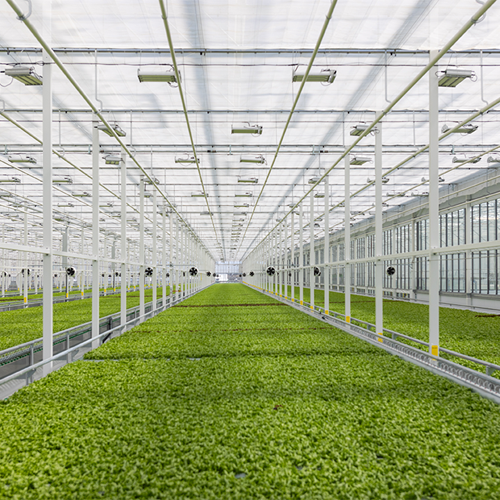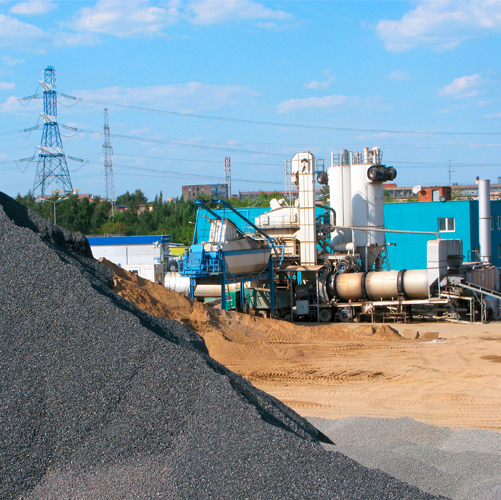CSA B149.1-15 has been in effect in Québec since January 31, 2016. We must therefore make sure our practices are up to date.
Since July 2010, the Québec Construction Code had been referring to CSA-B149.1-10 – Natural gas and propane installation code to determine the compliance of a natural gas installation. With this in mind, the revision and enforcement of a new code, such as CSA B149.1, is always expected to allow those who work in the industry to safely adapt to recent technological advances. Cyclical updates are necessary, as technology, practices, manufacturing standards and other related installation codes are constantly being developed.
When a technical committee reviews a code, the process is launched based on the requests of several stakeholders, i.e. engineers, manufacturers, entrepreneurs, etc. Besides editorial or translation changes, the new CSA B149.1 version contains about 84 amendments. You will notice that the equipment and components mentioned in the code are mostly referred to by their manufacturing standard for greater clarity in several respects.
In this new edition of the code, almost 75% of the changes are based on five (5) requests:
- Transfer of clauses from CSA B149.2-10 – Propane storage and handling code. Prior to the revision, CSA B149.1 and CSA B149.2 targeted natural gas and propane installations separately. The two codes were reconfigured so that the first covers natural gas and propane installation, and the second covers propane storage and handling. With the update of the CSA B149.1-15, a few clauses pertaining to the installation of propane only were kept in CSA B149.2. As such, about 20 clauses particularly targeting vehicles fitted with propane gas equipment, such as recreational vehicles, had to be added or amended in CSA B149.1-15, especially the clauses in sections 4.25 and 6.27.
- Addition of ANSI LC-4/CSA 6.32 – Press-connect metallic fittings for use in fuel gas distribution systems. This standard was amended in 2012 to allow fittings to other materials, such as steel and stainless steel. This type of change meant that definitions had to be added and amendments to certain clauses were required.
- Addition of ANSI Z21.101/CSA 8.5 – Gas hose connectors for portable and moveable gas appliances. This standard, presented to the industry in 2012, facilitates the introduction of flexible connectors designed for repetitive connection/disconnection actions and the repositioning of connected appliances. With new products being developed, this standard could increase the use of portable or mobile appliances in buildings.
- Addition of ANSI Z83.25/CSA 3.19-08 – Direct gas-fired process air heaters (DFPAH). On December 1, 2009, a new kind of direct-fired make-up air unit, which can be used in recovery mode from a process enclosure, was authorized. The aforementioned ANSI Z83.25/CSA 3.19-08 standard came into effect in Canada, but too late to be included in the 2010 revision. This type of generator will only be allowed in certain specific procedures, and under conditions set out in section 7.22. It must be noted that a paint booth that permits annealing that is not fitted with a direct gas‑fired process air heater must be subject to approval in accordance with CSA B149.3 – Code for the field approval of fuel-related components on appliances and equipment.
- Amendments to section 8.10.6 of CSA B149.1-15. Clause 8.10.6 of CSA B149.1 was amended to allow the use of common evacuations with multiple smaller boilers with positive-pressure ventilation to meet larger heating loads using more energy-efficient equipment. This evacuation technique was already common practice in Europe. Manufacturers, installers and users had started to put pressure on the CSA to adapt CSA B149.1 to this technological advance. To make sure a safe approach is adopted, compliance with seven requirements is required. These requirements can be summarized as follows:
- Only the equipment made by the same manufacturer and approved as such may evacuate in the same vent.
- The installation must be carried out in compliance with the appliance installation manual, using material provided or specified in this same manual. All manuals and materials require prior certification.
Generally speaking, this revision of CSA B149.1 adapts the code to technological developments and clarifies the application of certain clauses within the code.
In Québec, this code applies as amended through the replacement or repeal of certain clauses, as described in clause 2.11 of the Québec Construction Code. These amendments are the same as in 2007. New amendments are expected in 2017.
For a comprehensive view of all the amendments, refer to the table on the Régie du bâtiment (RBQ) website. In addition to the usual amendments made to B149.1-15, a few typos are also listed.
A copy of CSA B149.1-15 can also be purchased on the CSA website.
Charles Côté, Eng.
Technical Advisor, Codes and Standards, DATECH Group
![]()
Continue reading








